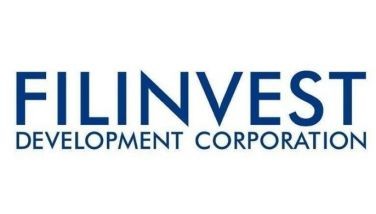China Bank taking more aggressive stance
MANILA, Philippines – After a modest 11-percent growth in its loan portfolio, China Banking Corp. will take a more aggressive stance this year, without losing grip at the quality lending norms it took last year.
“What’s important is we are growing faster in the right segments,” Ricardo Chua, China Bank president and chief executive officer, said in a press briefing.
Chua said strong growth is seen with the improving economy and increased harvest of deposits from expanding footprint, with additional branches targeted to hit 50 more by year-end.
“We expect to see continued solid growth, with deposits fueling loans,” he said.
Chua admitted, however, that challenges to the banking sector remain.
“Interest spread are thinning, the search continuous for talents to run the expanding business, the cost of expanding the branch network which in turn is causing a drag to the profitability of the bank, and the first year of the new administration will generate a wait-and-see attitude,” he said.
However, the economy in general is still moving in a growth trajectory, and banks must help fuel the growth.
Last year, lending grew 11 percent versus the system-wide loan-to-deposit ratio that rose 63 percent.
Purely CASA or low-cost deposits for China Bank expanded a hefty 45 percent.
But consumer lending expanded 23 percent, coming from the mortgage and auto segment.
On the savings side as reflected by subsidiary China Bank Savings, it was more balanced with 40 percent of total portfolio accounted for by the consumer, and the other 40 percent allocated to the small and medium enterprise segment.
The commercial bank targeted 50 new branches this year, with 10 already in operation in the first quarter alone. Majority will be deployed in cash-rich Metro Manila and progressive urban centers outside Metro Manila.
China Bank officials expect infrastructure spending to keep the banks busy for the next few years.
The National Economic and Development Authority reported that a total of 66 projects under the public-private partnership program await the new administration. Majority of the projects are focused on transportation, infrastructure and power.
Chua said growing the economy at a rate of over seven percent means constructing more roads, buildings, and other infrastructure as the major driver.
Plus a very young population with an average age of less than 20 years old means creating more educational institutions, creating more jobs, improved health care, investment opportunity, protection options, establishing more manufacturing and agricultural production areas.
“Lending for consumption and for the SME and middle-market should be soaring,” Chua said.
Meanwhile, demand for housing and office space will mean more lending for construction and for unit acquisition.
“Retailers growth around Metro Manila is huge, and for those who prefer to remain outside Metro Manila, infrastructure development should be strong in the immediate suburbs,” Chua added.
- Latest
- Trending






























